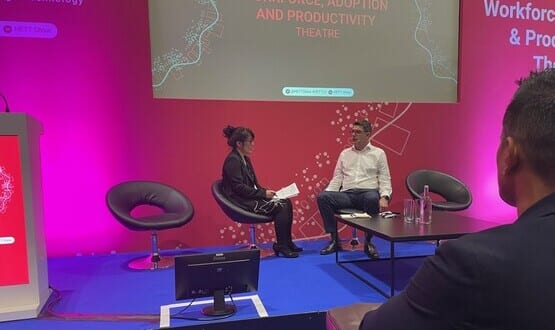Trust IT costs show no link to users
- 4 May 2011

There is no relationship between trusts’ operational IT costs per user and the number of users they have, a study has shown.
The study, based on information from 60 trusts supplied under the Freedom of Information Act, found 40% had an above average operational spend per user when compared to other industries.
The lowest operational spend per user across the 60 trusts was £174. At the upper end, trusts were spending £2,405 per user. The average across industry and the public sector generally is £567.
There was also little or no relationship between the number of users in a trust and the operational costs, even in large trusts with high number of users where economies of scale might be expected to reduce costs.
Paul Michaels, chief executive officer of ImprovIT, a benchmarking and business technology consultancy working with the NHS, public sector and industry, which carried out the study, said it would still be "too simplistic" to blame waste or overstaffing.
He said: “This is driven by complexity and scale. NHS trusts are often quite dispersed with many sites, lots of mobile working requirements, high data storage costs, and mission-critical services that need to be available 24 hours a day.
“There is a also still a lot of legacy IT around, which increases the complexity and, of course, the costs.”
The study also highlighted wide variation in desktop and laptop costs, which ranged from £231 per desktop and £348 per laptop to £1,088 per desktop and £1,500 per laptop. The industry average is £470 per desktop and £625 per laptop.
Michaels said this variation in part reflected the way trusts supplied data, with some including software costs in their returns.
However, in some cases trusts were paying less for their devices and their software combined than others were paying for hardware alone.
Michaels said: “The suggestion is that some trusts were able to negotiate favourable terms from their suppliers.”
He added that trusts wanting to reduce their IT costs should look to joint procurement; not just with other NHS organisations but also with other public sector bodies such as local authorities.
Bob Saxby, senior consultant at ImprovIT, added: “What we are seeing is foundation trusts with their own pots of gold who spend it as they wish rather than optimising their collective buying power.”
Savings might also be made in sharing services, such as help desks, across trusts he added.




